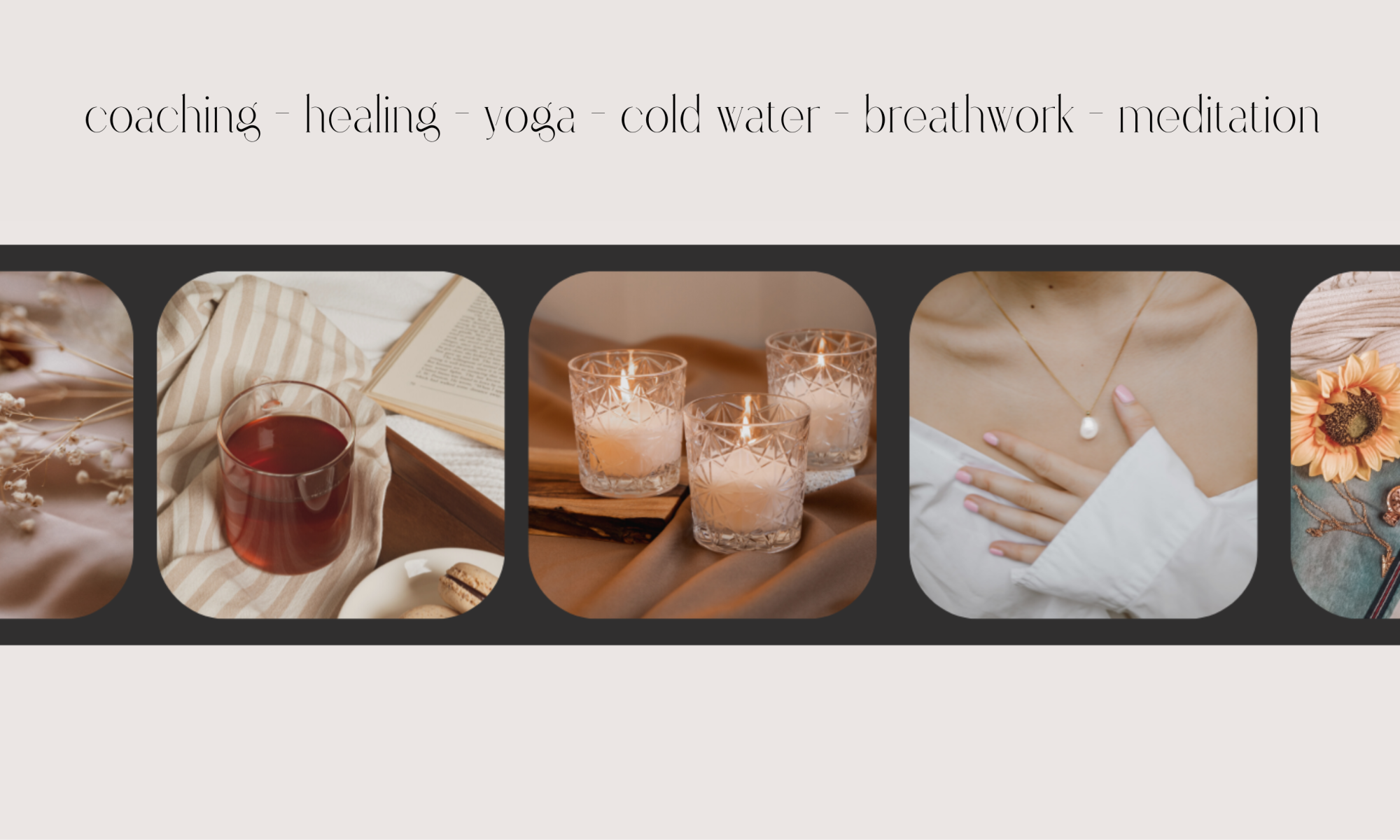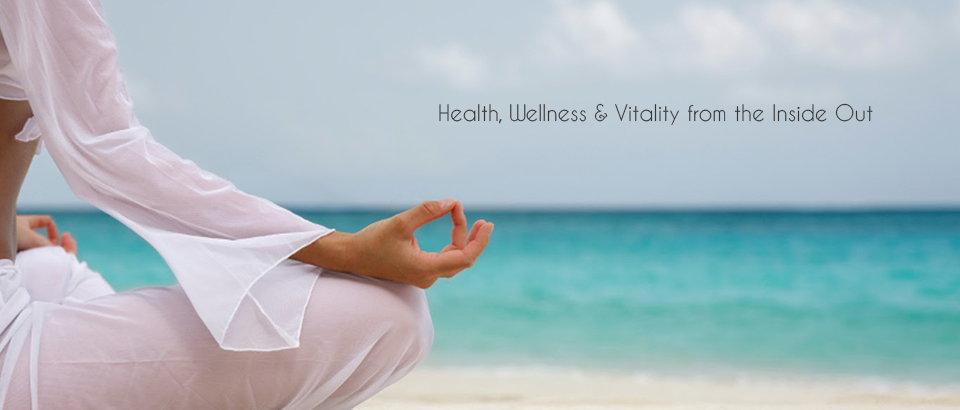In my clinic I have observed that the majority of my clients:
- Suffer from daily/ weekly / monthly bouts of sore neck, shoulders and headache pain.
- Report their unstoppable “addiction” to sugar, (or chocolate more specifically) in times of stress.
- Detail their constant feeling of being overwhelmed, stressed, or just plain exhausted in their daily life.
This got me thinking…….is there a connection?
As a massage therapist, I see the results of not breathing correctly and the effect it has on one’s posture, mind and emotions. When we shallow breathe, we engage the muscles of the front of our neck, and over use the upper chest / pectoral muscles. This inevitably leads to tension in these muscles from chronic overuse. This then affects the upper back and shoulders muscles (rhomboids and trapezius muscles) and we feel intense pain in between our shoulder blades, and across the top of the shoulders. You may even end up looking like your shoulders are always up around your ears. You may even feel like you have “the weight of the world on your shoulders”.
Take a moment to press gently into the space just above your collarbone. Is it tight and resistant? Does it hurt if you press deeply (go easy!)? This could be a sign that you are not breathing deeply, and are in a constant state of stress (even if you don’t “feel stressed”.) Deep Tissue Massage helps to gently but firmly assist in releasing stressed and tight muscles, to allow them to become more pliable.
Those that have experienced Deep Tissue Massage may remember being coached to breathe deeply while the massage is taking place. This helps to give these muscles a rest from their normal “shallow breathing job” and give the muscles of the diaphragm their proper time and space to do their work! This massage technique encourages deep relaxation as your mind is focused simply on breathing deeply through the tight muscles.
Stress is known to cause headaches, light-headedness, shallow breathing, feelings of tiredness, cold hands and feet, jaw grinding, general body pain, increased thoughts of worry and anxiety. Not to mention tummy pain and IBS, reflux and heartburn.
Sugar, specifically Fructose is connected to both stress and shallow breathing, (Sweet Poison Gillespie D, 2007 Penguin Group).
Fructose is found primarily in ripe fruits, which is why it is called “fruit sugar”. It is present in honey, maple syrup and agave syrup. Look at any packaged cereal, or muesli bar or yoghurt in your kitchen and you are sure to find it on the label somewhere. It is literally in almost everything these days!
Fructose has been linked with heart disease, stroke, PCOS, infertility, depression and anxiety, IBS, general body pain plus more.
When you eat foods that contain Fructose, it literally elevates the Cortisol levels in your bloodstream. The “stress-hormone” – Cortisol- is released by the body in periods of threat, whether they are physical or mental. Our body is meant to cycle through periods of calm, then high stress, then recovery, then peace, and then high stress and so on. The high stress state is meant to be fleeting. However for most, it is almost constant, which creates a state of imbalance in the body, resulting in general pain, headaches, muscle tension plus heaps more.
Most people I know spend the majority of their waking moments in the high stress phase, and almost never recover. Most of the people I know feel hurried, stressed, overwhelmed and “just coping” most of the time.
It is important to learn how to recover after a period of high stress, whether it is daily or weekly, that is separate from reaching for the chocolate or something else that is sweet, in order to move beyond your frustrations.
Learning to breathe deeply can be of immense help. Getting stuck in traffic may put you over the edge – why not count your deep inhalations until the traffic moves again? A colleague may push your buttons at the morning meeting, but instead of having another coffee with two sugars, make yourself practice “belly breathing” when you get a moment to yourself.
This seemingly simple plan helps you to recover from the initial stress of the situation, and then move beyond it for the rest of the day.
A daily or weekly meditation session could help you to finally release all that pent up anger / aggression / hostility / bitterness in a deeper way.
So if you breathe shallowly, have sore muscles, tummy issues, heart problems, weight issues, and a racing mind, sugar and stress could be said to be partly (or wholly) to blame for it!
An integrated approach to healing your body and mind is the best way to better health.
Here are my tips:
- Learn how to relax. From here you can better listen to your body and respond when you feel pain, or just “off”.
- Treat yourself with things you like doing, (not with food, which is usually a sweet item that will further exacerbate the problem). This is where deep tissue massage and relaxation and meditation classes all come into play. A walk on the beach, or lying in a hammock with a good book is also an option!
- And finally, stop reaching for sweet things when you are happy, tired, sad, bored, worried or sick! Give your body some time to rest, repair and heal itself from the constant demands of your busy lifestyle.
Of course, if you are suffering with health problems it is always a good idea not to self-diagnose, but see your naturopath or GP. Don’t talk to Dr Google, because you may get the wrong advice!




